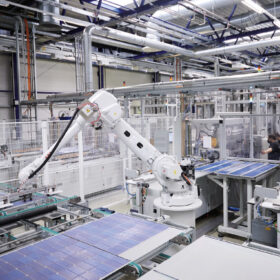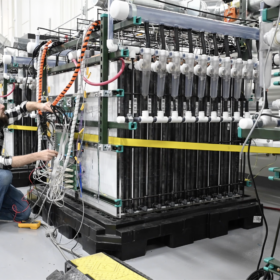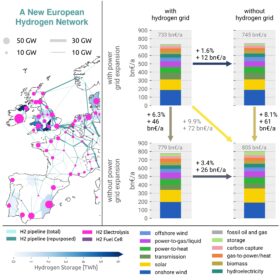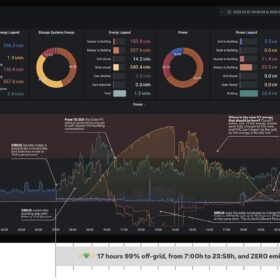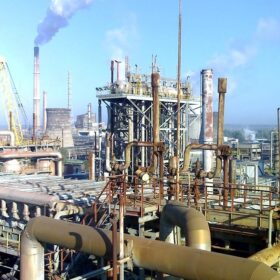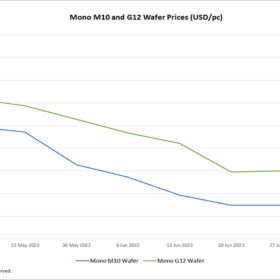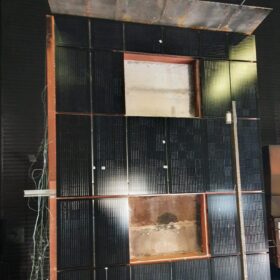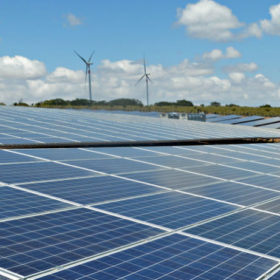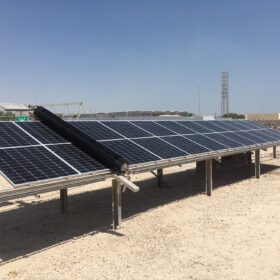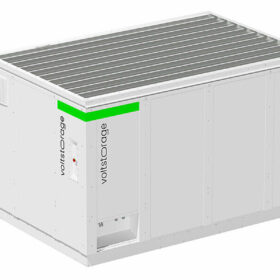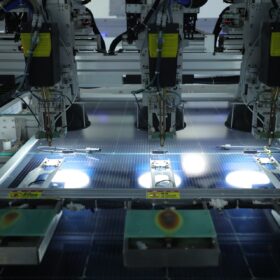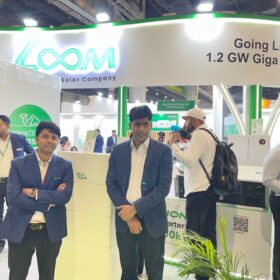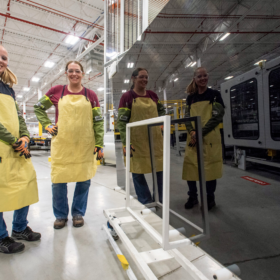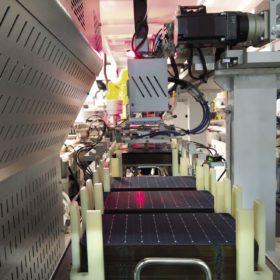Meyer Burger gets $224 million for 3.5 GW solar cell, module plant in Europe
Swiss manufacturer Meyer Burger Technology AG says it will probably build a new 3.5 GW factory at an unspecified location in Spain. The EU Commission is expected to issue a formal decision on granting funding for the project by the end of this year.
Former US coal plant to host 100-hour iron-air battery
The Minnesota Public Utilities Commission (PUC) has approved Form Energy’s 10 MW/1 GWh iron-air long-duration storage facility for Xcel Energy.
The Hydrogen Stream: Hydrogen grid could cut Europe’s energy costs by 3.4%
German researchers say gas-grid retrofits for hydrogen transport, combined with power grid expansion, could decarbonize Europe’s economy, while S&P says the global ammonia trade could expand by nearly 10 times by 2050.
Weekend Read: It’s time to get Sirius
In a bid to avoid costly grid augmentation, Spanish electric vehicle (EV) charger supplier Wallbox has designed a multi-layered energy intelligence solution – proving that necessity is the mother of invention.
The Hydrogen Stream: Scientists use perovskite compound to store ammonia
Japanese scientists have developed an organic-inorganic halide perovskite compound for the chemical storage of ammonia (NH3), while Bosch is preparing to exhibit new products in the hydrogen value chain.
Mixed price signals for solar wafers, narrowing spread between M10 and G12 wafer prices
In a new weekly update for pv magazine, OPIS, a Dow Jones company, provides a quick look at the main price trends in the global PV industry.
Addressing the intricacies of BIPV fire safety
The adoption of building-integrated photovoltaics (BIPV) has been hindered by the complexity of fire safety standards, creating challenges for manufacturers and suppliers. However, efforts such as the IEA PVPS Task 15 report and collaborative research have shed light on the importance of comprehensive guidelines, reliable testing laboratories, and international cooperation.
India will add 45 GW of renewable energy capacity over next two fiscals, says CareEdge Ratings
India will install around 20-25 GW of new renewable energy capacity annually over the next two fiscals, driven by a healthy project pipeline and a strong bidding roadmap. The decline in solar module prices and one-year relaxation for the approved list of module manufacturers (ALMM) bode well for the capacity addition.
Assessing shading effect of cleaning robots in solar farms
Qatari researchers have looked at the degree to which cleaning robots reduce PV plants’ yield with the shade they produce on the panels. They found that module orientation has an enormous effect on the impact of shadow.
VoltStorage unveils vanadium redox flow battery for commercial use
Germany’s VoltStorage says its containerized 50 kWh vanadium redox flow battery solution can be scaled up to 500 kWh.
